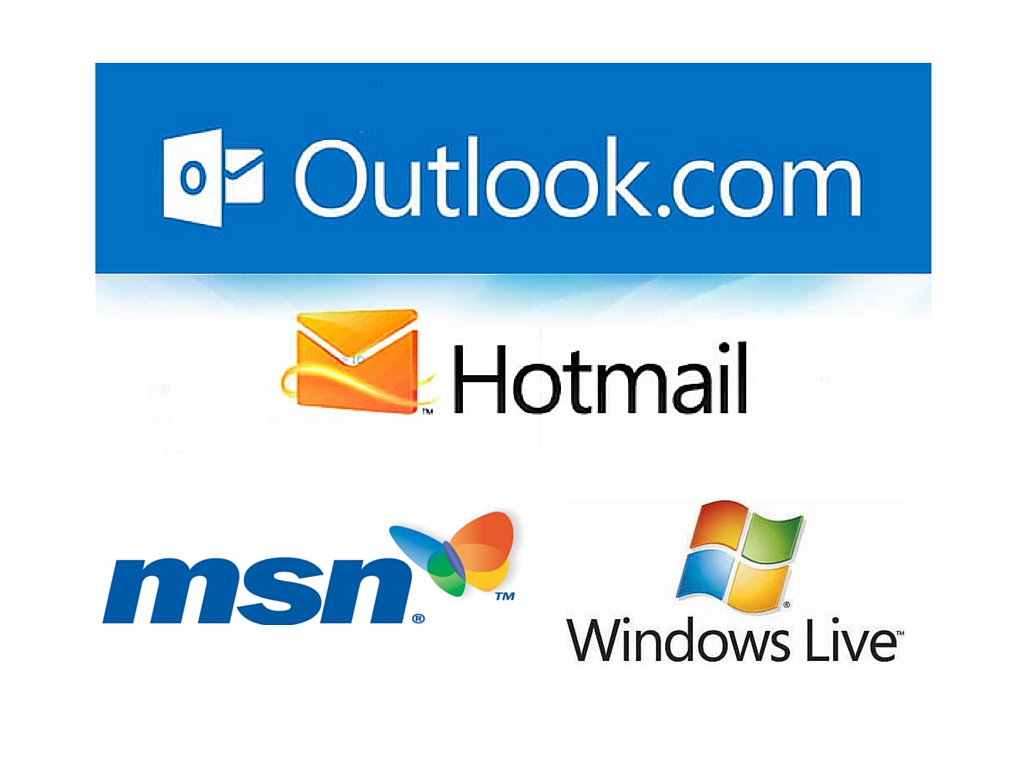
How to improve your Hotmail delivery
With more than 400 million people actively using a Hotmail related email address worldwide, there is no doubt that your subscriber list will include a big chunk of these users.
But unfortunately, delivering your emails to Hotmail addresses can be a big challenge, since Hotmail has made it increasingly difficult for spammers over the last few years. Even reputable mailers can be affected if they are not fully engaged and responsible with their mailing processes.
Don’t let this deter you though, as there are certain best practices that can guarantee your success. On top of following our email delivery best practices, we’ve put together all the tools and tips that you will need to successfully deliver your campaigns to your Hotmail subscribers.
Meet the Microsoft family
First, it’s very important to know exactly who we are dealing with when we refer to Hotmail, as it’s not only Hotmail.com that needs attention. Hotmail is just one member of a larger Microsoft family, and all of these have country extensions as well.The most important members of the Microsoft family include:
- Hotmail
- Live
- Outlook
- MSN
- Windows Live
- Local (company, university etc.) domains hosted on Microsoft
When making any changes, you will need to bear in mind the different segmentations and include all these domains and their country related extensions such as Hotmail.es and Live.co.uk.
The right tools for the job
Postmaster page
Hotmail has a very helpful postmaster page where you can find a lot of information about their policies, best practices and guidelines. They also provide a useful additional services page that you can utilize to improve your deliverability, which includes information about the Return Path Certification, Junk Email Reporting Program, Smart Data Network Service (SNDS) and bounce replies. More information about the postmaster page can be found here.
SNDS
Smart Network Data Services (SNDS) gives you the data that you need to understand and improve your reputation at Outlook.com. Here you can find detailed information for a specific IP such as the amount of emails sent, the complaint rate, and the amount of spam trap hits. At Inboxroad we monitor this for all our customers.
Bounce replies
To improve your deliverability with Hotmail, it is vital to monitor their bounce feedback and act upon it appropriately.
There are two categories of bounce replies that you may receive.
4.x.x
The first is the 4.x.x bounce reply, which indicates that your emails are rate limited. When this happens, it means that your volume is too high for the current time frame.
Here is an example of the bounce code you may see:
‘The mail server IP connecting to Outlook.com server has exceeded the rate limit allowed. Reason for rate limitation is related to IP/domain reputation. If you are not an email/network admin, please contact your Email/Internet Service Provider for help.’
If you start to see this bounce code, it is strongly recommended that you stop sending emails for 24 hours and then you can resume sending.
5.x.x
The second category is the 5.x.x bounce reply, which indicates that your emails are being rejected. There could be multiple reasons for this such as complaints, IP/domain reputation, or bad content.
Here is an example of the bounce code:
‘Mail rejected by Outlook.com for policy reasons. Reasons for rejection may be related to content with spam-like characteristics or IP/domain reputation. If you are not an email/network admin, please contact your Email/Internet Service Provider for help.’
When you start to see this bounce code, it is recommended to track down the reason why, so you can immediately start fixing the issue. It may take some time to determine the cause, but your fast action will help you get back on track to building your reputation as a trustworthy sender.
Authentication is important
When you are planning to start sending emails to Hotmail, you need to make sure you are starting off on the right foot, and this means getting your email authentication in order. Several standards are in place to help ensure that sending IP addresses really do represent the organizations they claim to, and that messages coming from those IPs are authentic and untampered with.
For Hotmail it is important to use the following authentications:
- SPF
- DKIM
- DMARC
More information authentication can be found here.
How to increase your Hotmail volume on new IP’s
New IP’s that have not previously been used to send emails usually have no reputation, and as a result, new IP addresses are more likely to experience problems with delivery.
As mentioned before Hotmail is no exception, their rate limitations will occur when starting with too high volumes. When an IP address has built a reputation as a non-spam sender, the delivery to Hotmail addresses will generally improve.
When you start sending with a new IP, it’s important to start by sending just a few messages at a time. Hotmail will only allow 10.000 messages per day in the beginning. After that, you can slowly ramp up over several weeks until you reach your intended send volume, which you must continue to maintain. A sudden spike of emails coming from a new IP will severely damage your send reputation and might land you on a block list straight away.
During the warm-up period, it is also crucial that you only send to valid and engaged recipients. Later, when you have established a reputation, you can begin to add those less-engaged recipients to your list.
High-scoring sender reputations are associated with IP addresses that send a consistent volume of email. A sudden spike will lower the score, as will intermittent send volumes.
Engagement is key
When determining whether to send an email to an inbox or junk folder, Hotmail considers previous engagement between your IP and your recipients.
When a recipient opens one of your emails, replies to it, or moves it out of the junk folder, these actions help Microsoft understand that your email is not spam and your IP is trustworthy. A constant pattern of recipients not opening your emails or deleting them without reading, lead to Microsoft believing that your emails are more than likely to be spam.
Be aware of blacklists
Activity, message content, and complaints associated with sending domains and IP’s are monitored by third-party watchdog organizations such as Return Path and 250ok. Through this process, a reputation score for each sending IP address and/or domain name is generated. The lower your reputation score is, the more likely your messages will get dropped or filtered out, and if your score gets too low, you’ll end up on a block list, with none of your messages being delivered at all.
Conclusion
While sending to Hotmail addresses may be more difficult, it certainly isn’t impossible. You shouldn’t be put off since there is a high chance that you have many users on your subscriber list. If you focus on sending relevant content, practicing good list hygiene, removing complainers, correct authentication and utilize the right tools, then you can reach Hotmail inboxes with your email campaigns.
Lastly, since Hotmail’s policies are often changing, we recommended to visit www.microsoft.com/postmaster from time to time for updates.



